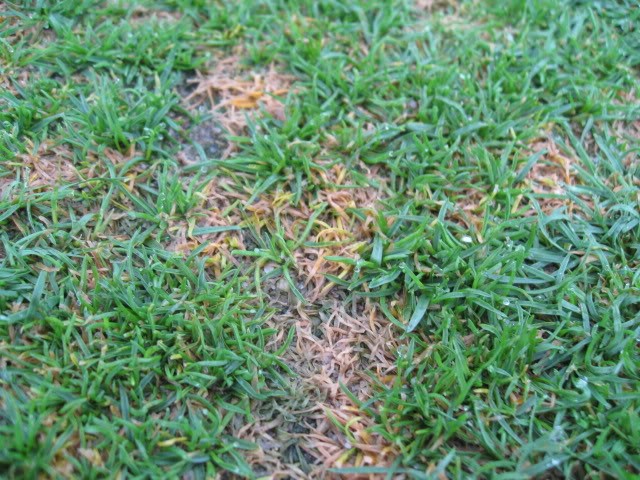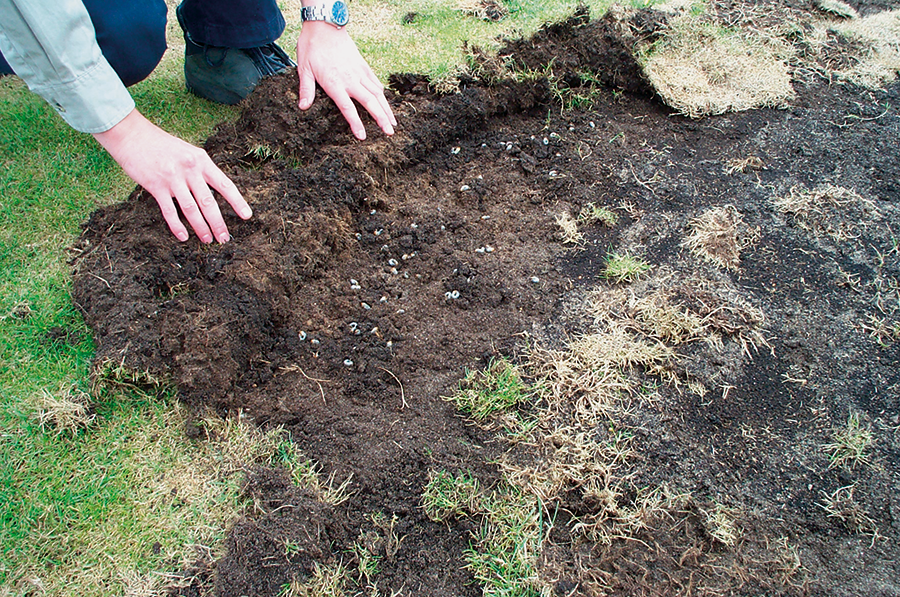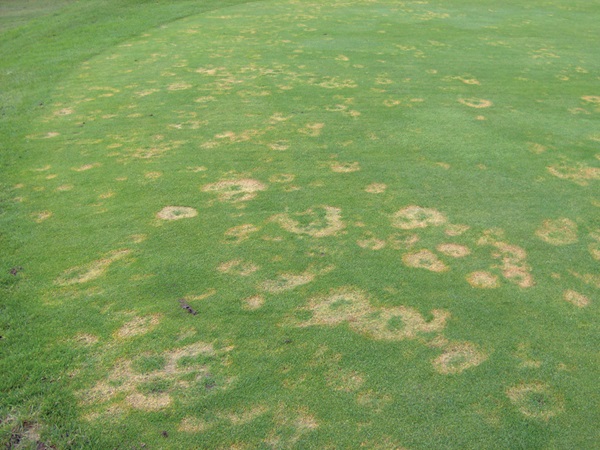Tackling Turf Stress
How to reduce turf stress from happening and causing disease
What is turf stress?
Turf stress happens when environmental factors impact the turf, reducing playability and making it difficult for the grass to recover.
Why does turf stress happen?
There are many factors that put pressure on turf causing it to become stressed:
- Mowing frequency
- Height of cut
- Traffic from machinery and golfers
- Drought
- Heat
- Cold such as frost and snow
- Sun/UV
- Disease, such as Microdochium Patch and Anthracnose
How to deal with turf stress
Taking a preventative approach to both turf stress and disease control can be vital in keeping turf healthy. Adopting a management plan that encompasses the below will help keep turf in tip top condition.
Mowing
Mowing with blunt blades can increase the disease risk to the grass as it tears the grass, weakening the plant. Ensure your mowers are serviced regularly and make sure that blades are sharp.
Raise the height of cut as much as possible. The added growth will make the plant more resilient and able to tolerate stress.
Water management
Water and heat pressures are a significant source of stress for turf as heat can scorch, wilt and cause die back of the grass. Excess water can cause leaching of nutrients from the rootzone.
Keep an eye on drainage. Go out on the course after heavy downpours and assess any areas of standing water as this could be an indication of compaction. Check that existing drainage is working, add extra drainage if needed and use aeration to improve surface water infiltration.
Try to keep the canopy of the grass plant cool in the hot months by syringing the turf (applying a jet of water into the air above the turf with a hose, this produces very small water droplets that evaporate on contact with the turf, reducing its temperature).
Irrigate the turf with a deficit irrigation model in mild conditions. This strategy maximises rainwater and saves costs on irrigation, and significantly reduces water pressures on the grass.
Pest management
Pests such as chafer grubs and leatherjackets can damage the roots of the grass plant, making it tough for the plant to take up water and nutrients. Although it’s hard to spot this damage as it happens underground, it will eventually lead to drought stress, where the turf will turn brown and eventually die off.
Applications of nematodes such as Harmonix Tri-Nema can help tackle these pests and prevent drought stress as a result of this pest activity.
Disease control
Microdochium patch and Anthracnose are common on stressed turf, in many different weather conditions
Applications of preventative fungicides such as Exteris and Signature Xtra can protect and provide residual control against disease year-round.
Stressgard technology
Using preventative fungicides that contain Stressgard technology can also help to protect turf from stress.
Stressgard formulation technology aides the health of the grass plant, helping it to be more resilient to environmental stress. For more information about the Stressgard range, click here



